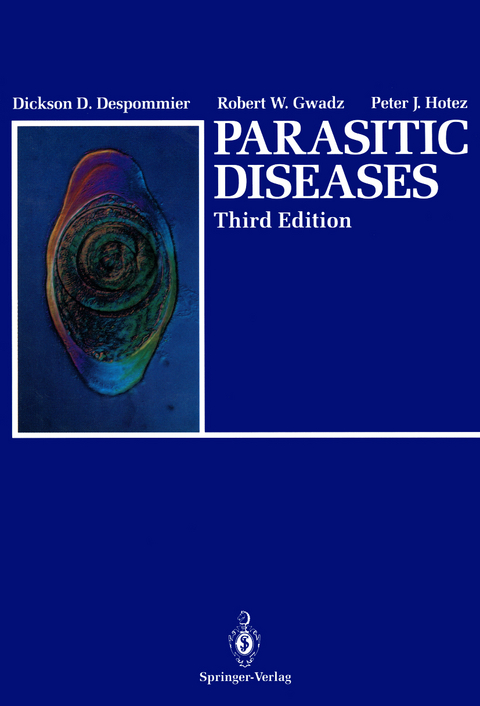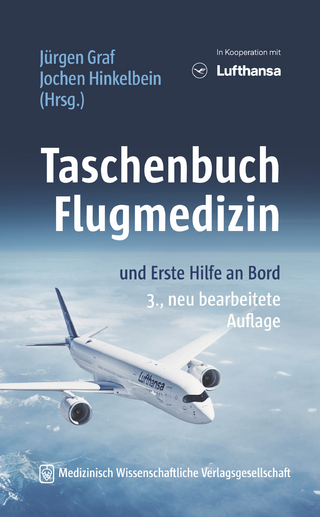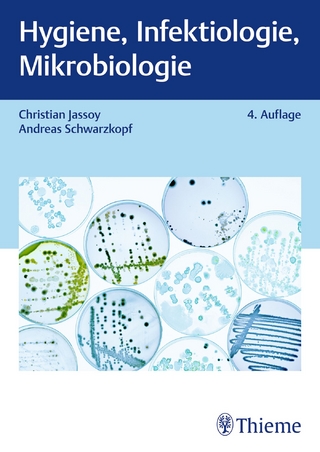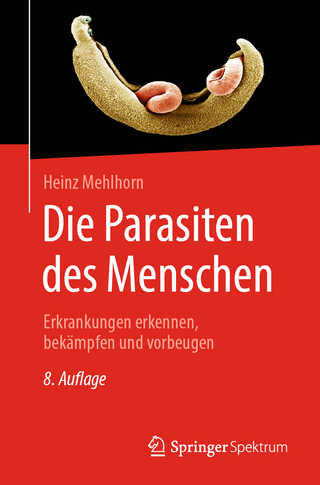
Parasitic Diseases
Springer-Verlag New York Inc.
978-1-4612-7554-1 (ISBN)
I. Nematodes.- 1. Enterobius vermicularis (Linnaeus 1758).- 2. Trichuris trichiura (Linnaeus 1771).- 3. Ascaris lumbricoides (Linnaeus 1758).- 4. Hookworms: Necator americanus (Stiles 1902) and Ancylostoma duodenale (Dubini 1843).- 5. Strongyloides sp.: Strongloides stercoralis (Bavay 1876) and Strongyloides fuelleborni (Von Linstow 1905).- 6. Trichinella spiralis (Railliet 1896).- 7. Lymphatic Filariae: Wuchereria bancrofti (Cobbold 1877) and Brugia malayi (Brug 1927).- 8. Onchocerca volvulus (Leuckart 1893).- 9. Loa loa (Cobbold 1864).- 10. Dracunculus medinensis (Linnaeus 1758).- 11. Aberrant Nematode Infections.- 12. Nematode Infections of Minor Medical Importance.- II Cestodes.- 13. Taenia saginata (Goeze 1782).- 14. Taenia solium (Linnaeus 1758).- 15. Diphyllobothrium latum (Linnaeus 1758).- 16. Larval Tapeworms.- 17. Tapeworms of Minor Medical Importance.- III. Trematodes.- 18. Schistosomes: Schistosoma mansoni (Sambon 1907), Schistosoma japonicum (Katsurada 1904), Schistosoma haematobium (Bilharz 1852).- 19. Clonorchis sinensis (Loos 1907).- 20. Fasciola hepatica (Linnaeus 1758).- 21. Paragonimus westermani (Kerbert 1878).- 22. Trematodes of Minor Medical Importance.- IV. Protozoa.- 23. Trichomonas vaginalis (Donne 1836).- 24. Giardia lamblia (Stiles 1915).- 25. Entamoeba histolytica (Schaudinn 1903).- 26. Balantidium coli (Malmsten 1857).- 27. Toxoplasma gondii (Nicolle and Manceaux 1908).- 28. Cryptosporidium sp. and Cyclospora sp.- 29. Malaria: Plasmodium falciparum (Welch 1898), Plasmodium vivax (Grassi and Filetti 1889), Plasmodium ovale (Stephens 1922),Plasmodium malariae (Laveran 1881).- 30. Trypanosoma cruzi (Chagas 1909).- 31. African Trypanosomes: Trypanosoma brucei gambiense (Dutton 1902) and Trypanosoma bruceirhodesiense (Stephens and Fantham 1910).-32. Leishmania tropica (Wright 1903) and Leishmania mexicana (Biagi 1953).- 33. Leishmania braziliensis (Vianna 1911).- 34. Leishmania donovani (Ross 1903).- 35. Pneumocystis carinii (Delanoe and Delanoe 1912).- 36. Protozoans of Minor Medical Importance.- 37. Nonpathogenic Protozoa.- V. Arthropods.- 38. Insects.- 39. Arachnids.- 40. Arthropods of Minor Medical Importance.- Appendix I: Therapeutic Recommendations (Reprinted from TheMedical Letter).- Appendix II: Procedures Suggested for Examining Clinical Specimens for Agents of Parasitic Diseases.- Appendix III: Laboratory Diagnostic Methods.- Appendix IV: Diagnostic Atlas of Nematodes, Cestodes, Trematodes, and Protozoa.
| Illustrationen | J.W. Karapelou, E.V. Grave |
|---|---|
| Vorwort | D. Krogstad |
| Zusatzinfo | XII, 333 p. |
| Verlagsort | New York, NY |
| Sprache | englisch |
| Maße | 193 x 260 mm |
| Themenwelt | Medizin / Pharmazie ► Medizinische Fachgebiete ► Mikrobiologie / Infektologie / Reisemedizin |
| Medizin / Pharmazie ► Studium | |
| Naturwissenschaften ► Biologie ► Mikrobiologie / Immunologie | |
| Schlagworte | Parasitäre Krankheit |
| ISBN-10 | 1-4612-7554-7 / 1461275547 |
| ISBN-13 | 978-1-4612-7554-1 / 9781461275541 |
| Zustand | Neuware |
| Informationen gemäß Produktsicherheitsverordnung (GPSR) | |
| Haben Sie eine Frage zum Produkt? |
aus dem Bereich


